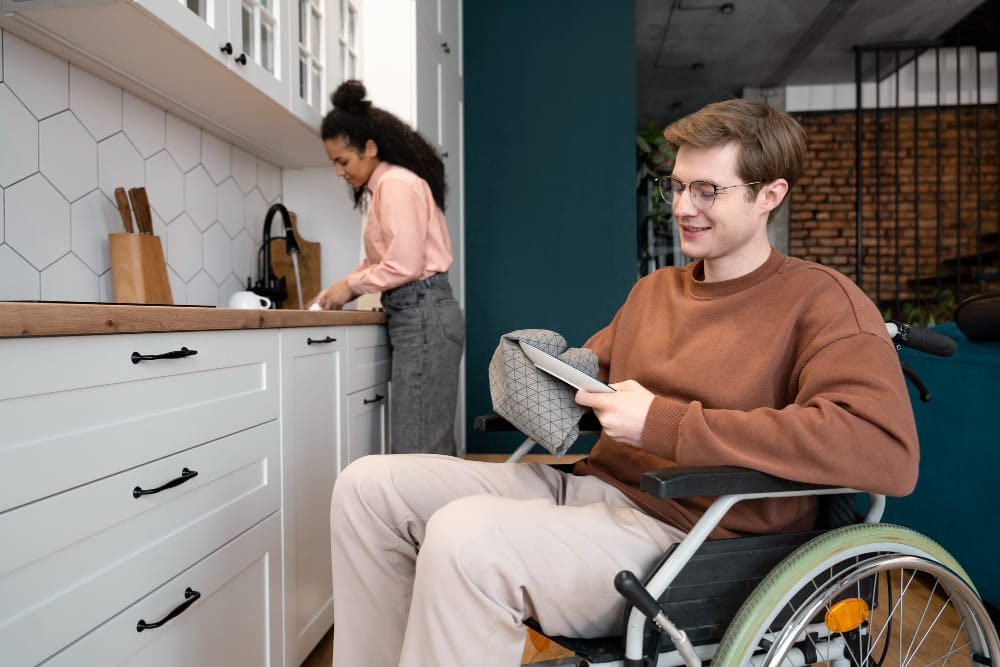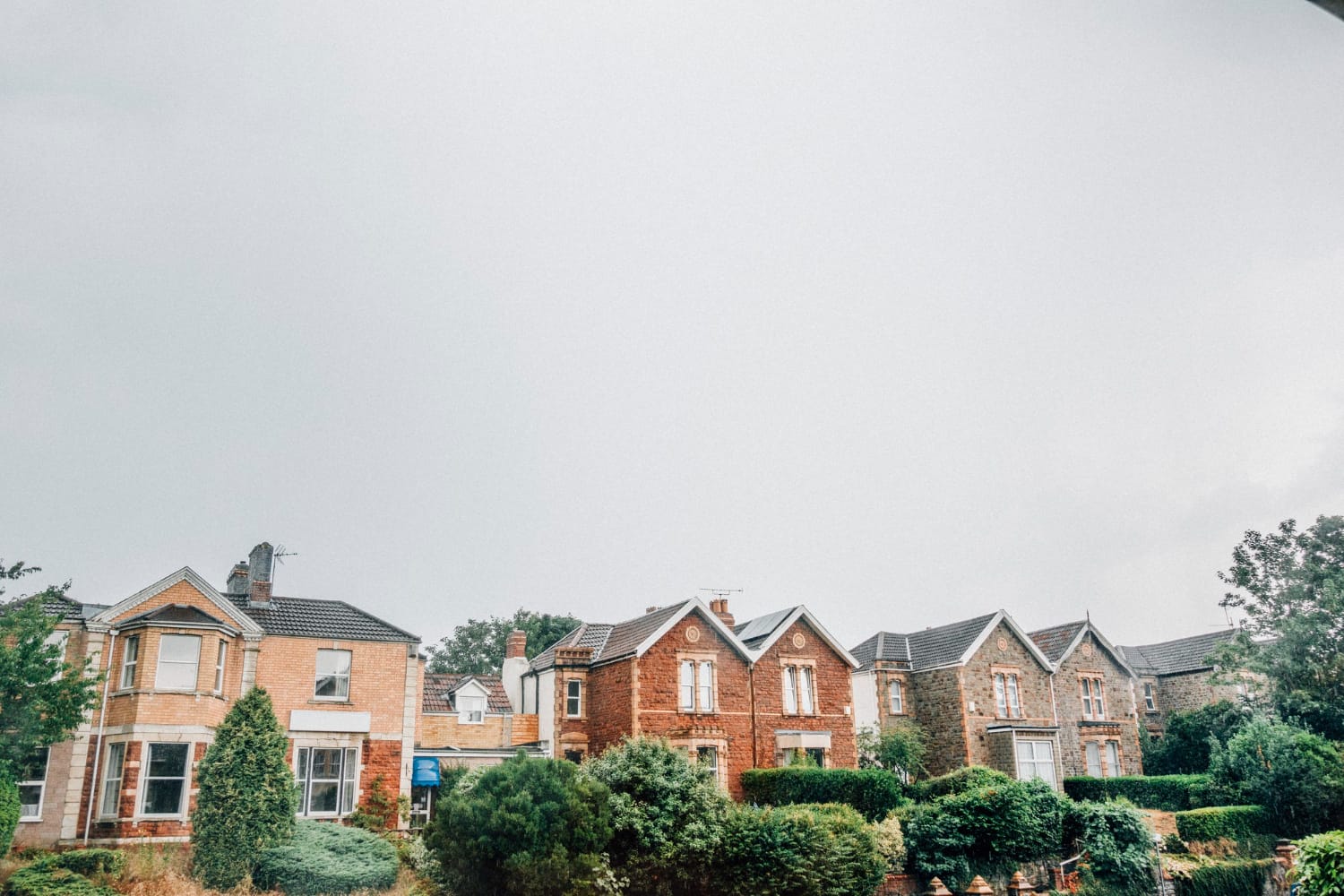When a loved one suffers a brain injury, adapting their home to meet their new needs becomes a top priority. These modifications not only enhance safety but also support independence and improve quality of life. However, one of the most common questions families face is: How much do home modifications cost for brain injury survivors? This article explores the costs, factors influencing them, and available financial support in the UK.
Understanding the Scope of Home Modifications
The extent of home modifications required varies depending on the severity of the brain injury and the survivor’s specific needs. These changes can range from minor adjustments to extensive renovations. Key areas to consider include:
- Accessibility Improvements: Widening doorways, installing ramps, and stairlifts.
- Safety Enhancements: Adding grab bars, non-slip flooring, and safety alarms.
- Mobility Aids: Creating wheelchair-accessible layouts and adaptive bathrooms.
- Assistive Technology: Smart home devices and environmental control systems.
Typical Costs of Home Modifications
While every case is unique, the following estimates provide a general idea of potential costs for common home adaptations:
- Minor Adjustments
- Grab bars and handrails: £20-£100 each
- Non-slip mats and flooring: £50-£300
- Door widening: £750-£2,500
- Accessibility Improvements
- Ramps: £500-£3,000
- Stairlifts: £2,000-£5,000
- Wheelchair lifts: £5,000-£12,000
- Major Renovations
- Bathroom adaptations (e.g., walk-in showers, adaptive sinks): £5,000-£10,000
- Kitchen adjustments (e.g., lower countertops, accessible cabinets): £8,000-£20,000
- Full home remodels for wheelchair access: £25,000-£50,000 or more
- Assistive Technology
- Smart home systems (e.g., voice-activated controls): £500-£2,500
- Medical alert systems: £20-£50 per month subscription
Factors Influencing Costs
The total cost of home modifications depends on several factors:
- Severity of the Brain Injury
More severe injuries may require extensive changes, such as creating a wheelchair-accessible home or installing specialised medical equipment. - Home Layout
Older or multi-storey homes often require more extensive (and expensive) adaptations compared to newer, single-level properties. - Customisation Needs
Standard solutions are often cheaper, but custom designs tailored to the survivor’s specific needs can significantly increase costs. - Location
Labour and material costs vary across the UK. Modifications in London, for example, may cost more than in other regions. - Professional Services
Hiring occupational therapists, architects, or specialised contractors can add to the overall expense but ensures high-quality and appropriate adaptations.
Financial Support and Grants Available in the UK
Home adaptations can be costly, but several funding options are available to help brain injury survivors and their families manage expenses:
- Disabled Facilities Grant (DFG)
Local councils in England, Wales, and Northern Ireland offer DFGs of up to £30,000 (£36,000 in Wales) to eligible individuals. These DFG grants can cover essential adaptations like ramps, stairlifts, and accessible bathrooms. - Scotland’s Scheme of Assistance
Scottish residents can access grants through local authorities for adaptations deemed essential for daily living. - Charitable Organisations
Charities such as Headway and The Brain Charity provide financial support and advice for brain injury survivors. Some may also offer direct funding for home modifications. - Compensation Claims
If the brain injury resulted from an accident caused by someone else’s negligence, compensation claims can include funding for home adaptations as part of the settlement. - Personal Health Budgets
Through the NHS, eligible individuals may access personal health budgets to fund necessary adaptations and care equipment.
If you are an individual affected by a brain injury, please contact National Claims. You could be owed thousands of pounds in compensation. Our team will not only guide you through the claims process but also assist in your rehabilitation journey, providing support every step of the way. Investing in the right modifications ensures that brain injury survivors can live with dignity and independence.
Cost vs. Quality of Life
Investing in home modifications is not just about creating a safer environment; it’s about restoring independence and improving the overall quality of life for brain injury survivors. While the upfront costs can be significant, they often result in long-term savings by reducing the need for external care or hospital readmissions.
Conclusion
The cost of home modifications for brain injury survivors can vary widely based on individual needs and property requirements. However, with available financial support and careful planning, families can create a safe, accessible, and comfortable living space without overwhelming financial strain.
If you or a loved one needs guidance on compensation brain injury compensation claims, consult with National Claims where you can get in touch with experienced solicitors. Investing in the right modifications ensures that brain injury survivors can live with dignity and independence.

We’re proud of our excellent customer reviews
We thrive on delivering exceptional service and ensuring our clients’ satisfaction. Don’t just take our word for it. Check out some of our independent reviews to see what our clients have to say.
Excellent

This firm is excellent, they sorted out my car pay out and injury claim very fast, they always communicate with you all the time.

My accident case was dealt with confidence and with great result of the outcome, especially James kept me informed all the time.

I was very impressed at the way my inquiry was treated. I was listened to attentively and everything I needed to know was explained to me.






